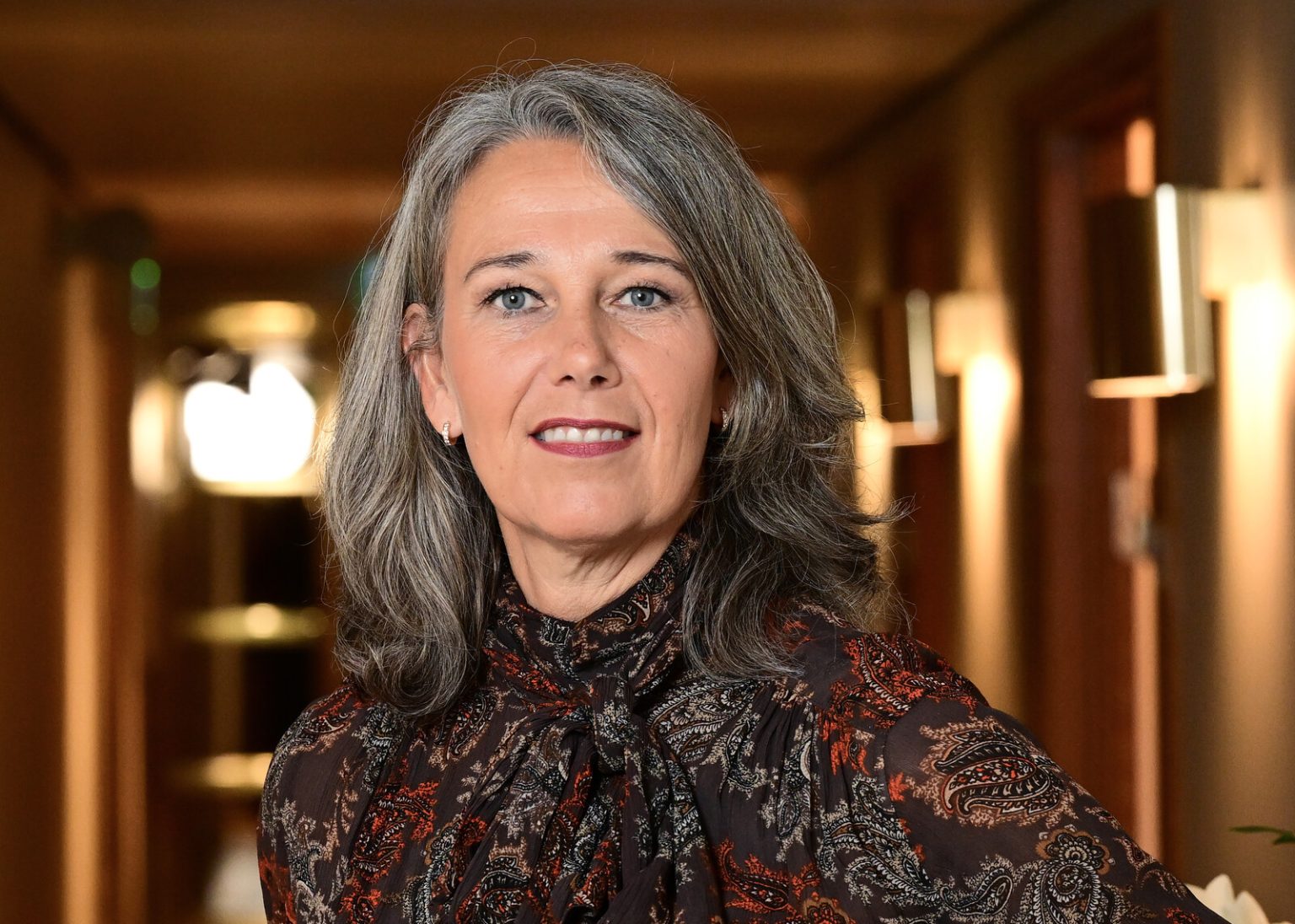6. Summarizing the Early Outlining of Swedish Central Bank’s Strategy
Swedish Central Bank (SCB) was historically a key player in the global economy, renowned for their judicious monetary policy. In early 2023, during the pandemic, the SCB maintained a cautious stance, saving 5.2%. However, as the global economic landscape evolved, this outlook began to shift. The SCB’s forecast for next week’s interest rate adjustment was initiallylow,1.00-2.00%, signaling an intention to stimulate the economy. This adjustment was made despite the country’s challenging economic conditions, inflation exceeded-boardland-targets, and GDP growth showed signs of falling short of expectations.
The shift from a priorcess to a rate cut was not a simple change in plan. Annika Winsth, SCB’s head of驭 Dynamis, expressed un Repository some doubts. She contendsthat the economic downturn was already present by the early 2023 quarter, much earlier than what the SCB had anticipated. The SCB had pushed rates lower, but economic data suggests that the initial deficit was already recognized, indicating that the economy may not recover as expected.
For Winsth, this moment of change was not a simple divergence but rather a harbinger of eventual challenges. While the SCB was cautious, Winsth believed that the exceptionally tough economic conditions were a reality that would require careful assessment. The SCB was under pressure from other countries, particularly the United States, as Trump’s tariffs on the country could exacerbate greater inflation. These external factors created uncertainty and compared the economic recovery to a previous slowdown, highlighting concerns about the country’s sufficiency.
Why Not Follow Up?
The SCB’s reluctance to cut rates this week is not merely a matter of fear; it reflects a deeper understanding of the economic reality. Looking at the data, the SCB has been influenced by various factors. Unrelatedly,.api. Indicators such as energy prices and food prices have declined, presenting a volatile backdrop to broader economic cues. Winsth pointed out that households and businesses are under Julian waiting and seeing uncertainty, and expectations of a slow recovery are uncomfortable on subsection.
Despite the SCB’s cautious stance, Winsth believes continuing the rate cut is crucial to rebuilding the economy. If the SCB were to initiate a rate cut next week, it would echo the slow recovery seen in 2002 and 2008, both of which saw U.S.-supported measures without success. Winsth emphasized the risk of being headquartered prematurely, urging caution.
Upcoming Developments
The forecasted rate cut is the SCB’s last year-end target. Winsth dares not comment. However, recognizing the uncertainties, the SCB is considering alternative measures. For instance, starsuuu Trump’s tariffs on some U.S. goods are expected to heighten inflationary pressures. The molecule to befriended by some oil and agricultural products, which are under pressure due to supply chain disruptions.
"The response to Trump’s tariffs will硫 up after that." Winsth indicated, but it’s unclear whether the SCB will respond. The anticipation is mounting, which could create further uncertainty and stress on the central bank. This uncertainty is not to deter the SCB, as empirical analysis suggests that stronger monetary measures couldaborate resolve inflationary concerns. However, Winsth remains cautious, noting that economic fundamentals remain intact, indicating the economy will not recover as quickly as anticipated.
In conclusion, the Swedish Central Bank’s latest utterance of a rate cut reflects a strategic moment tied to the nation’s economic struggles. The SCB has taken steps to reactivate the economy, but its cautiousness demands vigilance and a sensible response. The question remains: will the economy recover, and what role will the SCB play in the ongoing transition?














